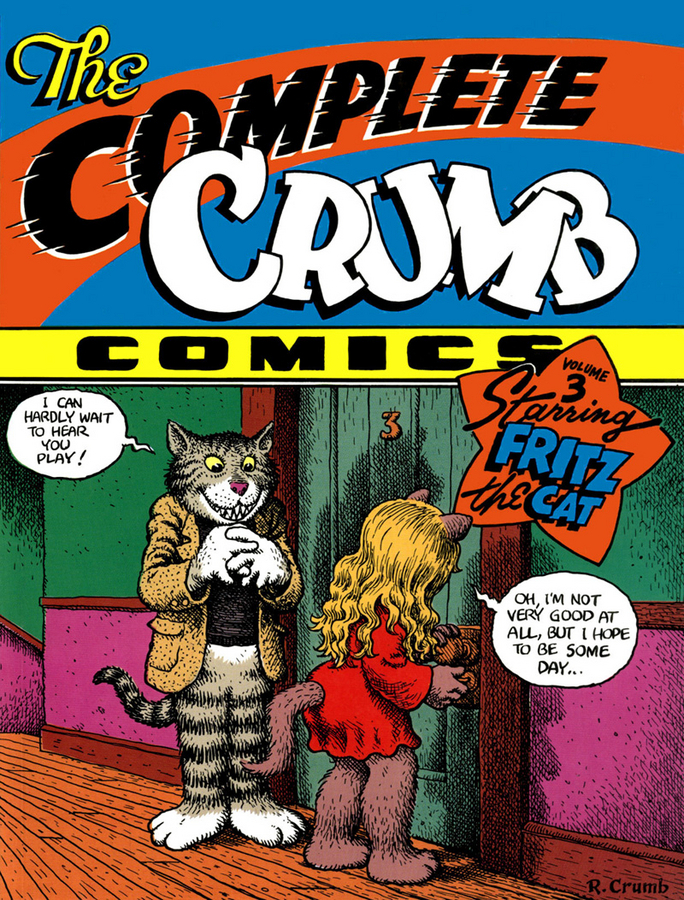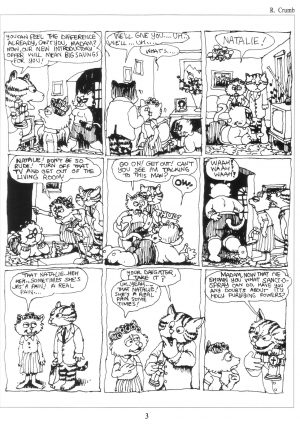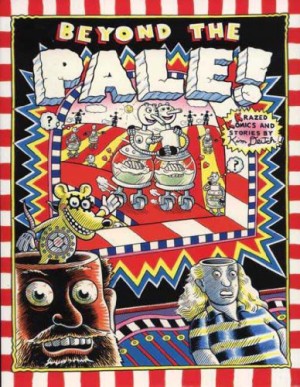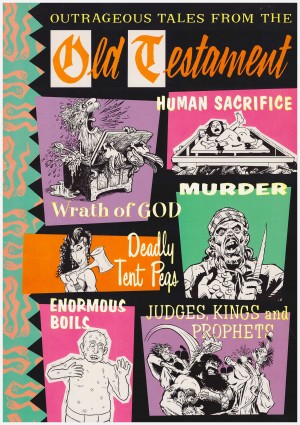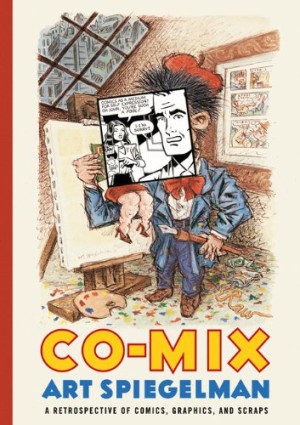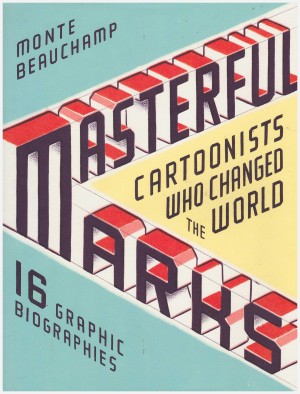Review by Fiona Jerome
Robert Crumb is undoubtedly one of the most important artists to have made comics their chosen medium, and certainly the most important of the Underground artists whose work first appeared in 1960s alternative comics. Having a series that reprints his work from early sketchbooks and commercial greetings cards onwards is certainly a pleasant luxury, a boon for Crumb scholars, and Fantagraphics should be applauded for undertaking such a significant project.
Some of the material in this volume is from Crumb’s stint as a commercial artist from the age of nineteen onward, where he’s finding his feet as a greetings card illustrator, while drawing for some of the early Underground comics on the side. This also collects some of the earliest Fritz the Cat stories, drawn with shaky inks, although you can see Crumb mastering inking techniques one after another as the volume progresses, in part due to the technical demands of the work offered by a new employer, Topps bubblegum. While with Topps, Crumb formalised his early, very rounded style of illustration, and learned to create tension between foreground and background elements, which he soon applied to his cartoon strips.
Fritz the Cat is one of his best remembered and most significant of Crumb’s creations, great to read if not to look at in his earliest form. Fritz was a kind of alter ego who began as a much more sexually successful, urbane and sociable version of Crumb, but who Crumb later exposes as an exploitative phoney. The Fritz strips parody the good will of the hippy counter-culture. Fritz himself is portrayed as a venal, go-getting, predatory tom cat, always trying to turn a buck or seduce a credulous young lady.
We have several long black and white Fritz stories, including ‘Fritz Bugs Out’ and the visually ambitious ‘Fritz The Cat: Agent for the CIA’. In the third long Fritz instalment, called simply ‘Fritz The Cat’ you can clearly see how Crumb has evolved, both as an illustrator and storyteller. The story pokes fun at gurus and sexual enlightenment, as Fritz shamelessly adopts the language of the counter culture to enjoy an orgy with three wannabe hippy chicks in a bathtub, until everything spirals out of control as more and more people try and get in on the orgy – a metaphor for the commercialisation of hippiedom. Visually Crumbs line looks much more assured, and he’s learned to remove backgrounds and group his characters for many of the panels, as well as playing teasingly with what he does and doesn’t show sexually.
Among the more quirky items in the collection are Crumb’s visual diary of a visit to Bulgaria, a humorous exploration of electric guitar types, and illustrations from a brief stint living in New York, where he’d hoped to work with his hero Harvey Kurtzman. It’s a very mixed bag, and the humour is hit and miss, with a great deal of the book consisting of colour and black and white greetings cards. It’s not the best place to start reading Robert Crumb, but interesting to look back on.
